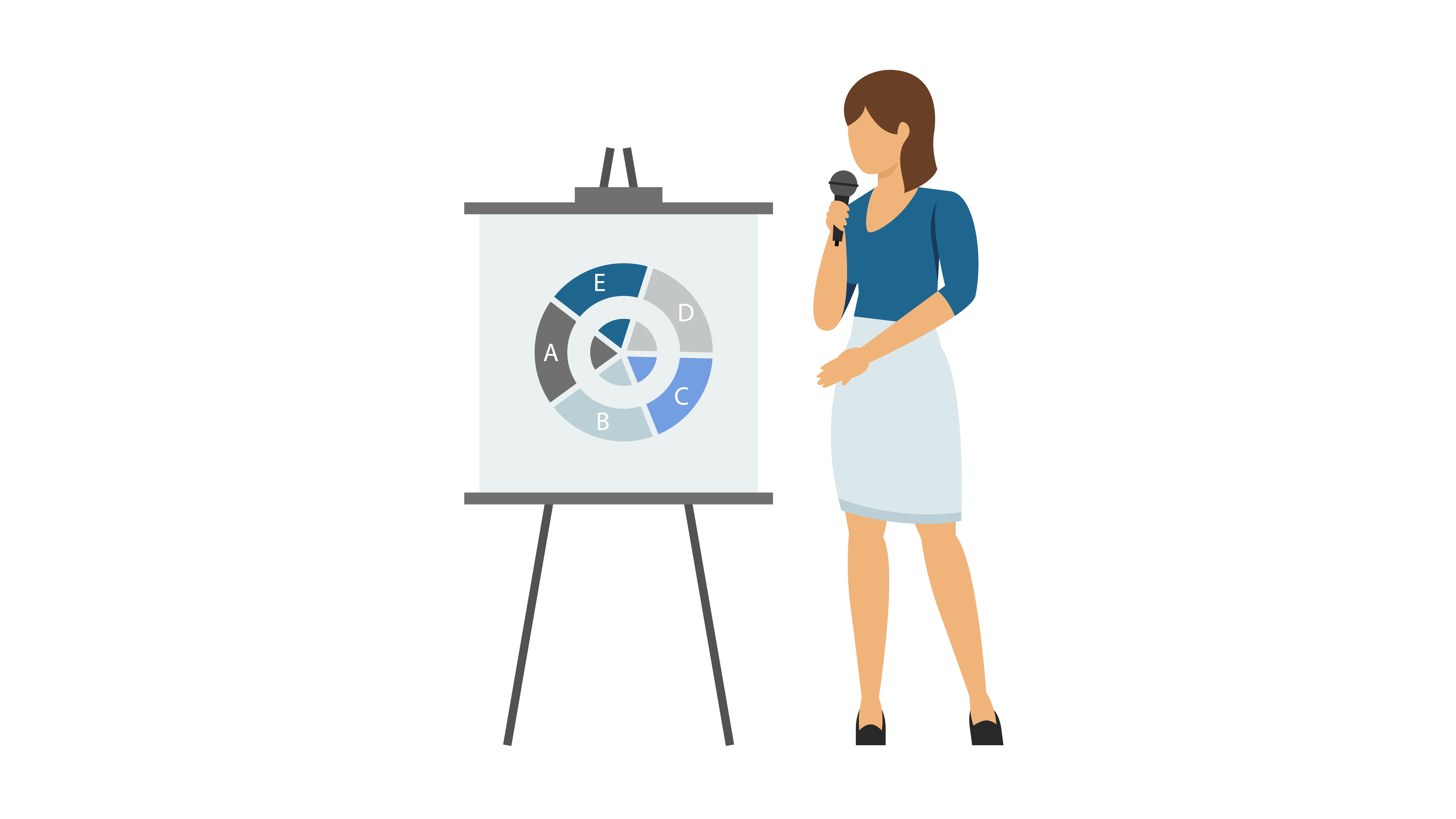All Categories
Featured
Customer data platforms (CDPs) are a vital tool for modern organizations who wish to collect data, store, and manage all customer data in a single area. These software applications provide a more accurate and complete view of the customer, which can be used to create specific marketing as well as personalized customer experience. CDPs have a range of functions that include data governance, data quality , and formatting data. This ensures that customers are compliant with regards to how data is stored, used and accessed. A CDP allows companies to engage their customers and put them at the center of their marketing strategies. It also makes it possible to access data from other APIs. This article will explore the various aspects of CDPs and how they help organizations.
cdp define
Understanding the concept of CDPs. The customer data platform (CDP), is software that allows companies to gather, manage and store customer information from one central place. This provides a more precise and complete picture of the customer. It can be used for targeted marketing and more personalized experiences for customers.
-
Data Governance: A CDP's ability to guard and regulate the information that is incorporated is among its most important characteristics. This involves profiling, division and cleansing of incoming data. This helps ensure compliance with data laws and regulations.
-
Data Quality: A crucial element of CDPs is ensuring that the information collected is of high quality. This means that the data is accurately input and has the required standards of quality. This helps reduce the requirement to store, transform, and cleaning.
-
Data Formatting The use of a CDP is also used to make sure that data is in a predefined format. This permits data types such as dates to be identified across customer data and ensures consistent and logical data entry. cdp data
-
Data Segmentation Data Segmentation: The CDP lets you segment customer data to better understand your customers. This allows for testing different groups against one another and obtaining the appropriate sample and distribution.
-
Compliance The CDP permits organizations to manage customer data in a legally compliant manner. It permits you to define secure policies and categorize information in accordance with them. You can even detect any violations of the policy when making decisions about marketing.
-
Platform Selection: There is a variety of CDPs to choose from, so it's vital to know your requirements before selecting the one that is best for you. This involves considering features like data privacy , as well as the ability to pull data from other APIs. what are cdps
-
Putting the Customer in the center Making the Customer the Center CDP allows for the integration of real-time data about customers. This will give you the immediate accuracy of precision, accuracy, and unison that every marketing department requires to boost efficiency and engage customers.
-
Chat, Billing and More Chat, billing and more CDP helps to find the context for great conversations, no matter if you're looking at billing or chats from the past.
-
CMOs and big-data: 61% of CMOs feel they're not using enough big data, as per the CMO Council. The 360-degree view of the customer provided by a CDP is an excellent way to overcome this problem and help improve customer service and marketing.
With so many different kinds of marketing technology out there every one normally with its own three-letter acronym you may question where CDPs originate from. Despite the fact that CDPs are amongst today's most popular marketing tools, they're not a totally originality. Rather, they're the most current action in the advancement of how marketers manage client data and consumer relationships (Cdp Customer Data Platform).

For the majority of marketers, the single biggest value of a CDP is its ability to segment audiences. With the abilities of a CDP, marketers can see how a single consumer connects with their business's different brands, and determine chances for increased customization and cross-selling. Obviously, there's much more to a CDP than segmentation.
Beyond audience division, there are 3 big reasons that your business might desire a CDP: suppression, personalization, and insights. Among the most interesting things marketers can do with information is recognize consumers to not target. This is called suppression, and it's part of delivering genuinely personalized consumer journeys (Customer Data Platform Cdp). When a customer's merged profile in your CDP includes their marketing and purchase information, you can suppress ads to clients who have actually already purchased.

With a view of every consumer's marketing interactions connected to ecommerce data, site visits, and more, everybody across marketing, sales, service, and all your other teams has the chance to comprehend more about each customer and deliver more customized, relevant engagement. CDPs can assist marketers deal with the root triggers of numerous of their biggest daily marketing issues (Cdp Data Platform).
When your data is disconnected, it's more tough to understand your clients and create significant connections with them. As the variety of information sources used by marketers continues to increase, it's more vital than ever to have a CDP as a single source of reality to bring everything together.
An engagement CDP uses client data to power real-time personalization and engagement for clients on digital platforms, such as sites and mobile apps. Insights CDPs and engagement CDPs comprise most of the CDP market today. Extremely couple of CDPs consist of both of these functions similarly. To choose a CDP, your business's stakeholders ought to think about whether an insights CDP or an engagement CDP would be best for your needs, and research study the few CDP alternatives that include both. Customer Data Platform.
Redpoint GlobalLatest Posts
CDPs and the Importance of Data Governance
Creating a 360-degree View of the Customer with a CDP
The Importance of a Customer Data Platform (CDP) for Targeted Marketing